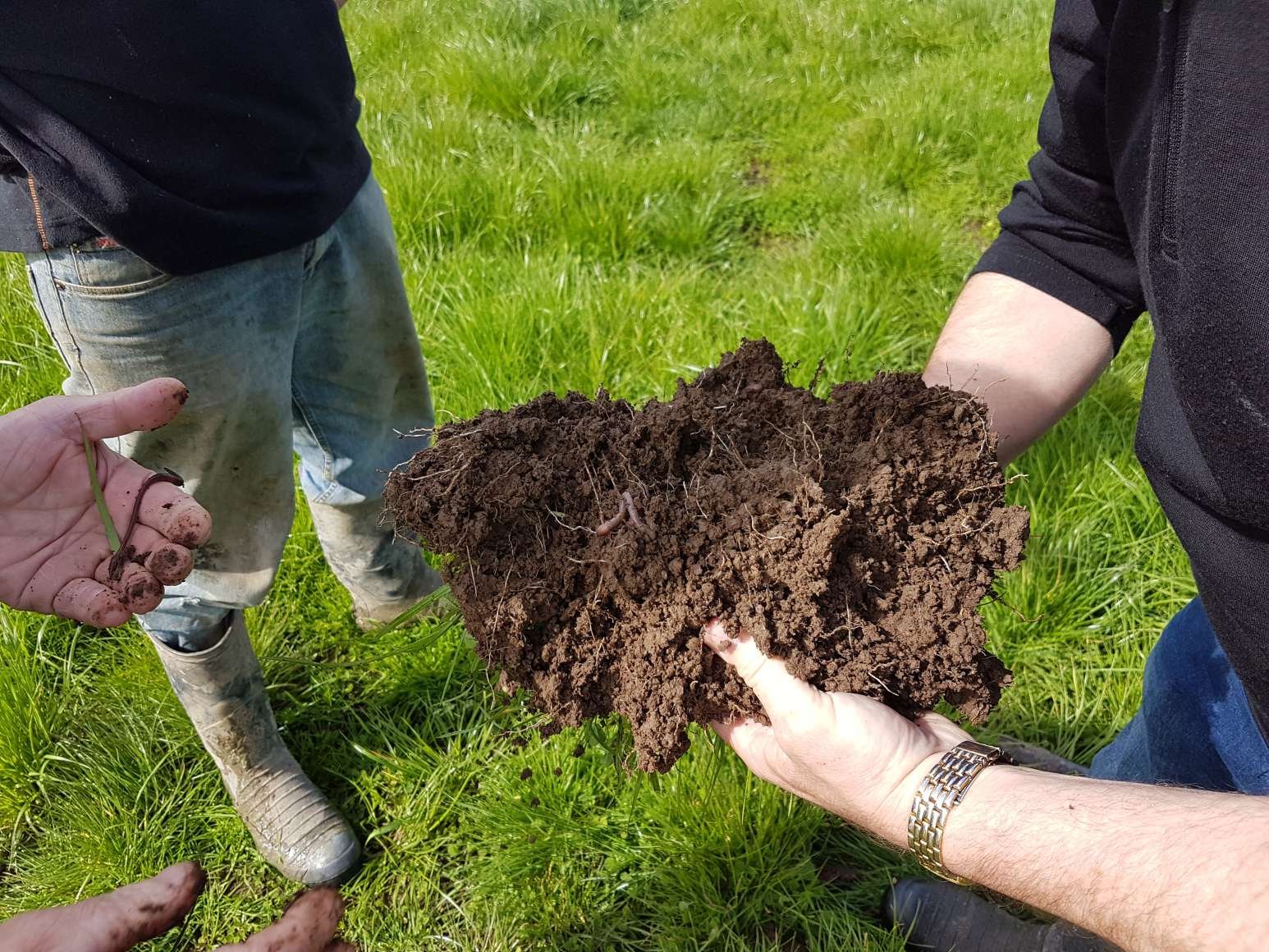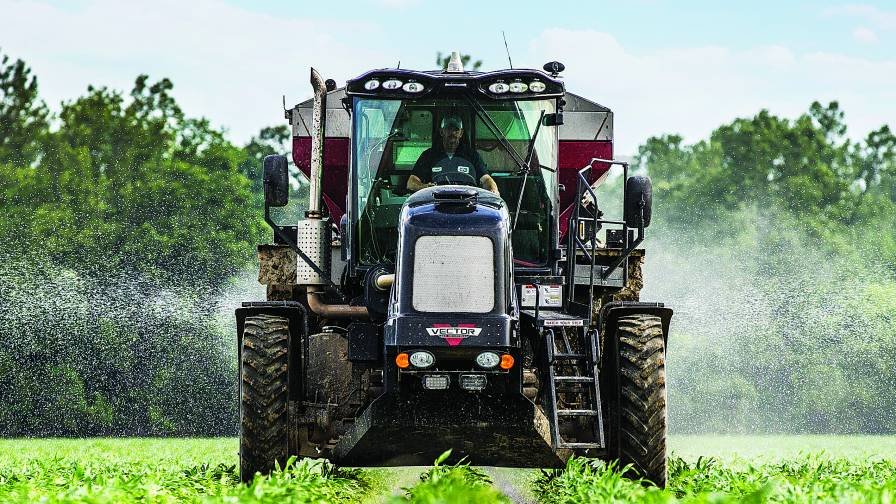Out of all the water in the world, only 3.5% is freshwater, and around 70% of it is currently trapped in the form of permanent ice. This basically means that only around 1% of the existing water (1.05%, to be exact) is available for all sorts of things we humans need it for; from drinking, to showering, to watering the fields that keep supermarkets stocked and the food chain running. If that percentage weren’t small enough for the myriad uses of water, climate change and pollution are reducing it even further, with the contamination of freshwater bodies and more frequent droughts making it doubly essential to find ways to conserve water as much as possible in agricultural settings. Otherwise, the consequences for farming could be dire.
Former agricultural land in Oklahoma, where incorrect techniques of soil management and a strong drought joined forces to create an ecological disaster.
With this in mind, the ATTRA National Sustainable Agriculture Information Service, located in the US and managed jointly by the National Centre for Appropriate Technology (NCAT) and the United States Department of Agriculture, produced a report underlying the simple principles that land stewardship should follow to maximize water conservation and soil penetration and reduce unnecessary water usage. In the report (which is certainly worth a read by itself) five main principles stand out, in particular, as the basis of water-friendly agriculture. These can be summarized as:
-
Protecting the soil surface: a basic principle that involves not leaving soil uncovered; mulching or covering crops should always fill the space left after a harvest. Bare soil will grow weeds, erode, be exposed to faster temperature changes, and, above all, gradually lose all the water it contains through simple evaporation.
-
Minimize soil disturbance of all kinds: another often-heard recommendation, as tillage that is performed frequently, will grind soil to a powder, resulting in sandy soil that is unable to hold water and is prone to wind erosion. A dust bowl, anybody?
-
Plant diversity: a much less frequent recommendation, but very important. Not only a variety of plants’ roots can reach different depths and thus different water levels, making the complete death of all life on your soil-less likely in the event of a drought, but different plants also produce different root exudates and host different bacterial communities. This leads to healthier soil, with better structure and greater capacity to hold water.
-
Continual live roots in the soil: a corollary of the first principle, specifically requiring live plants to remain present in the soil so that microbial strains communities can continue to exist.
-
Livestock integration: another rarely-heard one, but essential for organically managing land. Instead of importing bio-manure all the time, why not have the animals that produce it? In the ATTRA’s words: “…thoughtful integration of livestock onto cropping land can reduce weed pressure, herbicide use, and livestock waste associated with confinement, thereby improving water quality and addressing nutrient-management concerns.”
All of this might sound complicated, but consider: is it more complicated than facing an unexpected drought? Is it more expensive than the losses in water that less efficient systems entail? As the ATTRA says: “Investments, such as adding organic amendments, practicing no- or reduced tillage, leaving crop residue, planting cover crops, and diverse crop rotations, will help the soil efficiently cycle both water and nutrients, sustain plant and animal productivity, and maintain or improve water quality. The return on soil health investments will pay off year after year after year.” Here we say: yes, indeed.













